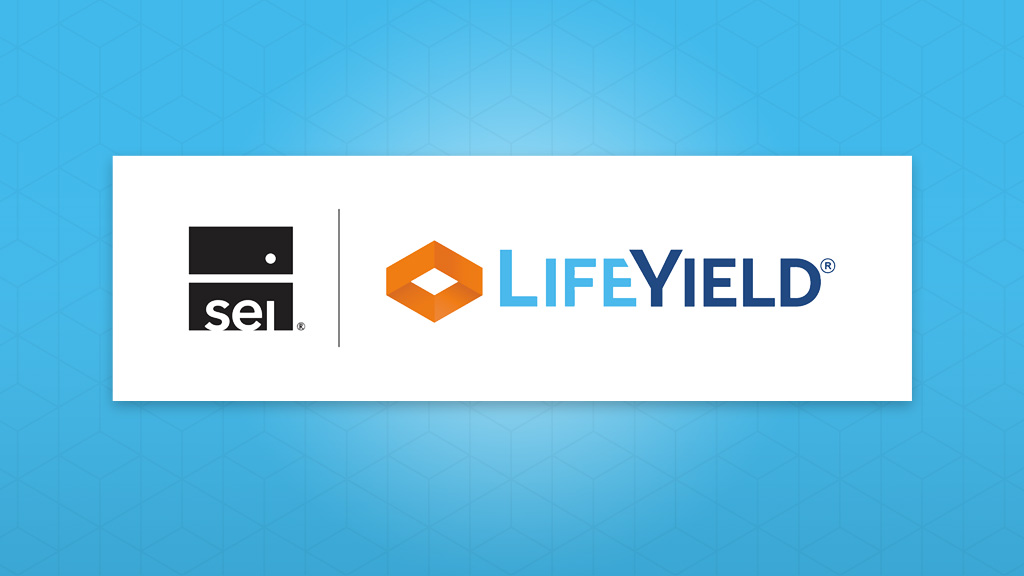Next Stop: Multi-Account UMAs

As baseball legend Yogi Berra said, “It’s déjà vu all over again.”
My colleague Harry Bartle embraced separately managed accounts (SMAs) early on, as I did. He sold SMAs by positioning them as a customized, tax-efficient way to own comparable funds with the advantage of harvesting tax gains and losses.
“With a mutual fund, you get a tax bill,” Harry said, recalling what he told advisors. “With an SMA, you own the securities and can harvest losses!”
Today, we know there are multiple levers to push and pull to achieve tax alpha and better financial results. Tax harvesting is only one of those levers.
We’re also evolving financial advice from the practice of managing individual products to coordinated, multi-account management with the goal someday of household-level portfolio management.
An important way to move down that path is multi-account UMAs.
Multi-Account UMAs: The Bridge To Household Management
As executive vice president of LifeYield, Harry works with the country’s largest financial firms. Here’s what he sees:
“Financial planning does a great job assessing clients’ investing timelines, goals and risk tolerance. From there, advisors increasingly look to implement models that suit their clients’ needs.
“Meanwhile, we know asset location is the best way to improve tax efficiency. And UMAs are the backbone for most advisors today.”
Harry suggests that firms implement an asset location API on top of their UMA platforms to amplify tax efficiency.
“Firms don’t have to rip out their ‘plumbing’ because an API call from their planning system is easy to implement,” Harry said.
“UMAs are designed without consideration of what account assets are in. Now, you can put UMAs together and get a customized portfolio for taxable and qualified accounts and a higher degree of tax efficiency.
“Assets with the lowest tax efficiency, like actively managed mutual funds, can be held in tax-advantaged accounts like IRAs and Roth IRAs. Tax-efficient assets, like municipal bonds, can be directed to taxable accounts.”
The result is significantly less tax drag on the portfolio—and advisors released from doing asset location over hours on spreadsheets. Their productivity goes up.
“Now you’re operating like a household-level management system while working on a single account structure and UMA plumbing,” Harry said.
He noted that using asset location diminishes the need over time for tax harvesting, as opportunities for it dwindle when assets are placed in accounts for maximum tax efficiency.
I asked the question I expect advisors will: What about direct indexing?
“It can be a sleeve in a UMA,” said Harry.
Advisors who save their clients more money on taxes are well positioned to make their case to those clients for consolidating assets and accounts.
“There’s more after-tax money for clients, more AUM for the advisor, more net new assets for the firm,” Harry said. “It’s a win-win-win.”
Read the original post on FA Magazine here.
Monthly insights from our Chief Growth Officer, Jack Sharry
Get exclusive insights and interviews from around the industry

 By
By 




